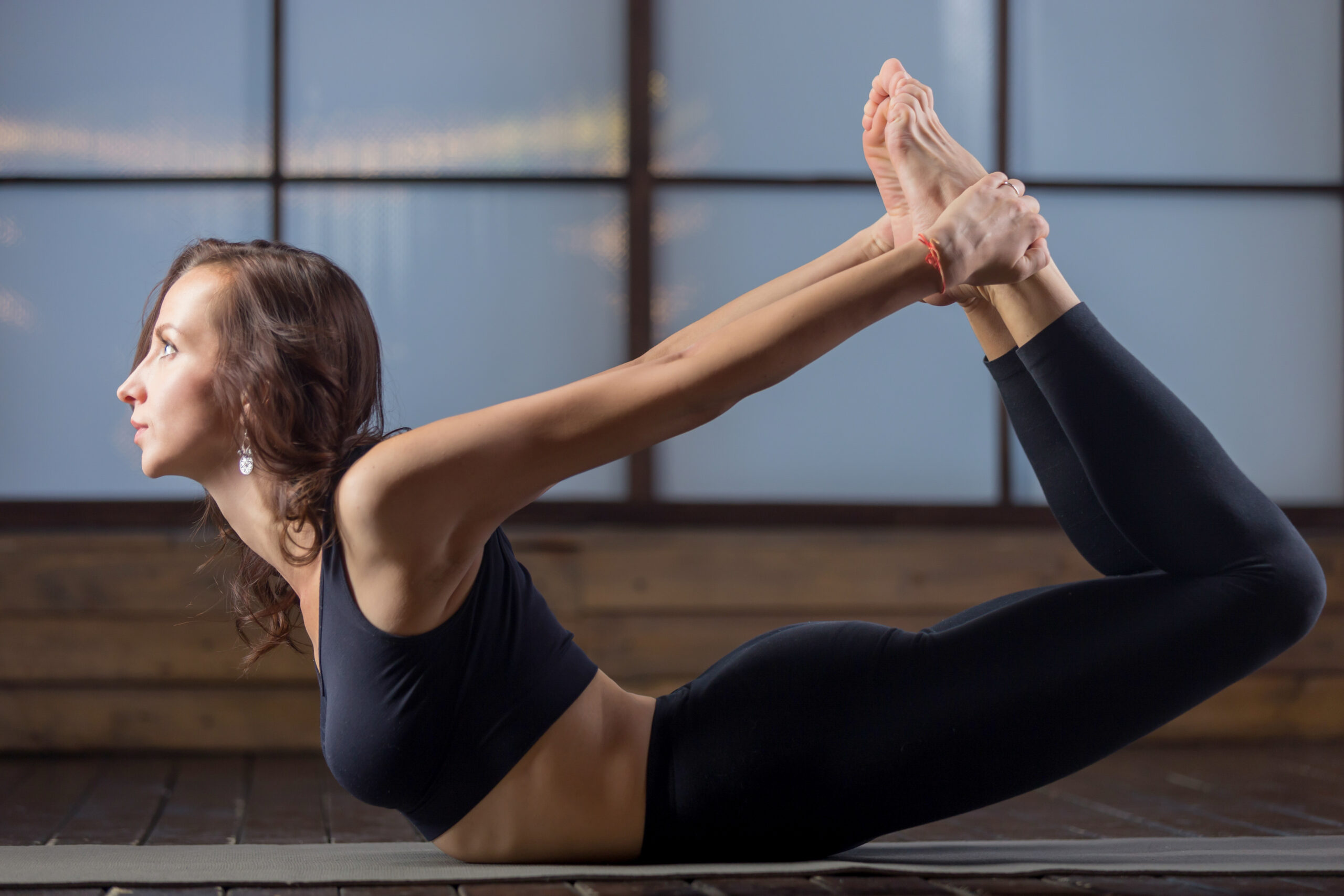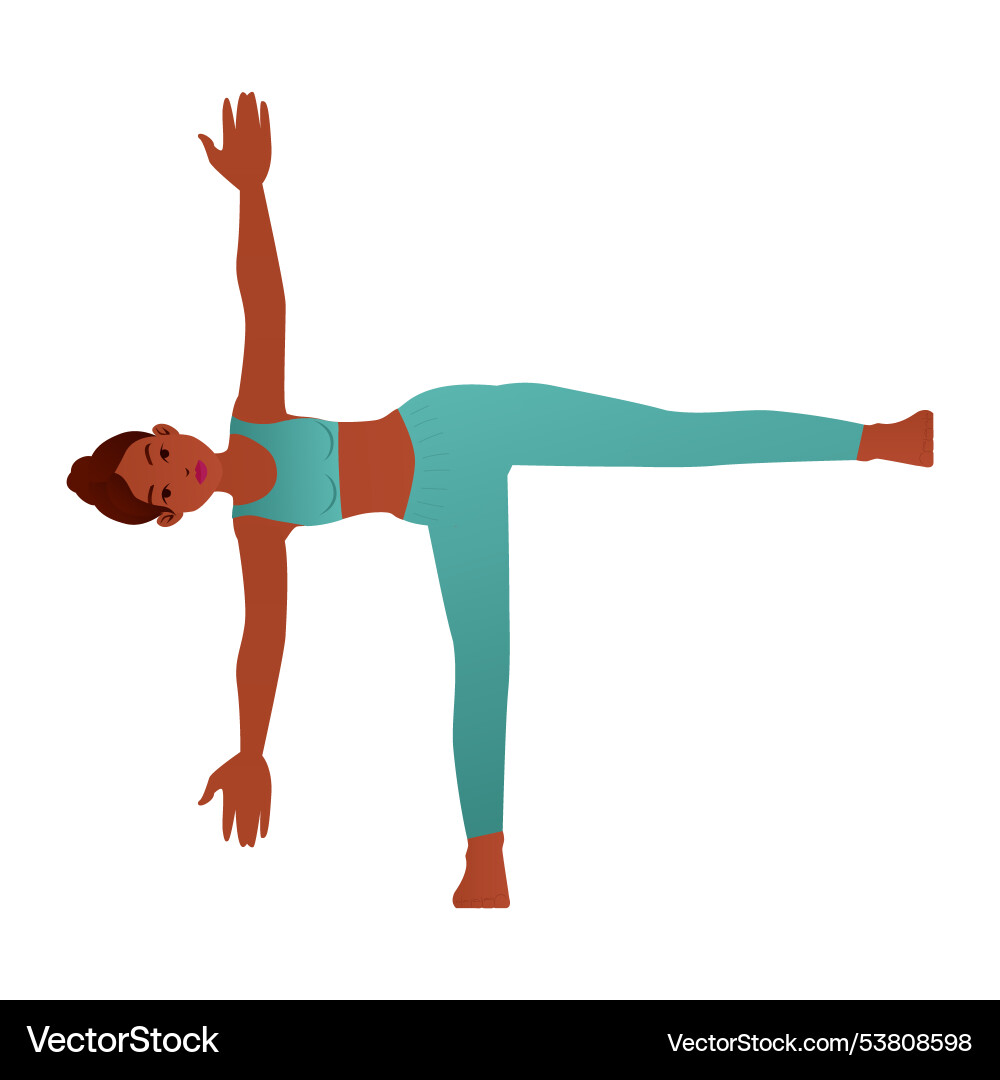Yoga, an ancient practice, continues to be a cornerstone of physical and mental well-being for millions worldwide. Among the numerous poses in the 84 yoga asanas list, Dhanurasana, or Bow Pose, stands out as a powerful posture that stretches the body and soothes the mind. This article explores Dhanurasana in detail, providing step-by-step instructions, benefits, and answers to common questions, incorporating the essence of yoga asanas with names and pictures.
What is Dhanurasana?
Dhanurasana, derived from the Sanskrit words “Dhanur” (bow) and “Asana” (pose), resembles a drawn bow. This posture is part of the yoga poses category, requiring a harmonious balance of strength, flexibility, and focus.
How to Perform Dhanurasana: Step-by-Step Guide
Below is a detailed breakdown of the steps to practice this essential pose from the 84 yoga asanas list with pictures.
Step 1: Prepare Yourself
- Wear comfortable clothing suitable for yoga.
- Use a yoga mat to avoid slipping or discomfort.
- Begin with a light warm-up involving 20 yoga poses for flexibility, especially for beginners.
Step 2: Assume the Starting Position
- Lie flat on your stomach with your legs hip-width apart.
- Rest your arms alongside your body, palms facing upwards.
Step 3: Lift and Hold
- Bend your knees and bring your feet close to your buttocks.
- Reach back with your hands to grab your ankles.
- Inhale deeply and lift your chest, thighs, and feet off the ground simultaneously.
- Keep your gaze forward and focus on steady breathing.
Step 4: Maintain the Bow Shape
- Ensure your body forms a taut bow, with your hands pulling your ankles and your back arched.
- Hold the posture for 15-20 seconds, gradually increasing with practice.
Step 5: Release the Pose
- Exhale slowly and release your ankles.
- Lower your chest, thighs, and feet back to the mat.
- Rest in Savasana for relaxation.
| Key Tips | Description |
|---|---|
| Perform on an empty stomach | Ideal time: Morning or evening. |
| Avoid jerky movements | Ensure smooth transitions between steps. |
| Practice with a yoga expert | Beneficial for beginners. |
Benefits of Dhanurasana
Dhanurasana offers numerous physical and mental benefits, making it a staple in yoga poses names in English.
| Physical Benefits | Mental and Emotional Benefits |
|---|---|
| Strengthens back muscles | Reduces stress and anxiety |
| Improves spinal flexibility | Enhances focus and concentration |
| Tones abdominal and thigh muscles | Promotes a sense of inner peace |
| Relieves menstrual discomfort |
Incorporating this posture into your daily routine, alongside 10 yoga poses for beginners, ensures holistic wellness.
Precautions and Contraindications
While Dhanurasana is a powerful addition to yoga asanas, it requires mindful practice.
Who Should Avoid Dhanurasana?
- Pregnant women.
- Individuals with severe back pain or hernia.
- Those recovering from abdominal surgeries.
Common Mistakes to Avoid
- Holding your breath.
- Overarching your back, which may cause strain.
- Practicing on a full stomach.
Enhancing Your Practice with Variations
For advanced practitioners, variations of Dhanurasana can deepen the stretch:
- Parivrtta Dhanurasana (Revolved Bow Pose): Adds a twist to the posture for improved flexibility.
- Eka Pada Dhanurasana (One-Legged Bow Pose): Involves lifting one leg for better balance.
These variations are excellent for those exploring the yoga asanas names with pictures for progressive learning.

Dhanurasana and Other Yoga Poses
To maximize the benefits of Dhanurasana, pair it with complementary asanas from the 20 yoga poses list:
- Bhujangasana (Cobra Pose): Prepares the spine.
- Balasana (Child’s Pose): Provides relaxation post-Dhanurasana.
A blend of these poses with Dhanurasana ensures a comprehensive yoga session, especially for beginners referencing yoga poses for beginners with names.
FAQs About Dhanurasana
1. How often should I practice Dhanurasana?
Practice 3-4 times a week, incorporating it with other poses from the 84 yoga asanas list.
2. Can beginners perform Dhanurasana?
Yes, but beginners should start with preparatory poses like Cobra Pose and seek guidance from a yoga instructor. Refer to yoga poses for beginners with names for an easier start.
3. How long should I hold Dhanurasana?
Hold for 15-20 seconds initially, increasing up to a minute with practice.
4. Can I practice Dhanurasana without a warm-up?
No, warming up with 10 yoga poses for beginners minimizes the risk of injury.
5. What are some common challenges in Dhanurasana?
Maintaining balance and proper breathing are common issues. Focus on gradual improvement and relaxation in Savasana.
6. How does Dhanurasana improve mental health?
By stretching the body and opening the chest, it releases tension, promoting relaxation and stress relief.
7. What are the complementary yoga poses for Dhanurasana?
Bhujangasana and Balasana complement Dhanurasana beautifully, as part of the yoga asanas with names and pictures.
Conclusion
Dhanurasana is a holistic yoga pose that embodies strength, flexibility, and tranquility. Whether you’re a beginner exploring the 10 yoga poses for beginners or an advanced yogi delving into the 84 yoga asanas list with pictures, the Bow Pose can enrich your practice and promote overall well-being.
By following the steps, incorporating proper breathing, and pairing with other yoga asanas, you can unlock the profound benefits of Dhanurasana. Remember to approach the pose with patience and consistency for the best results.


